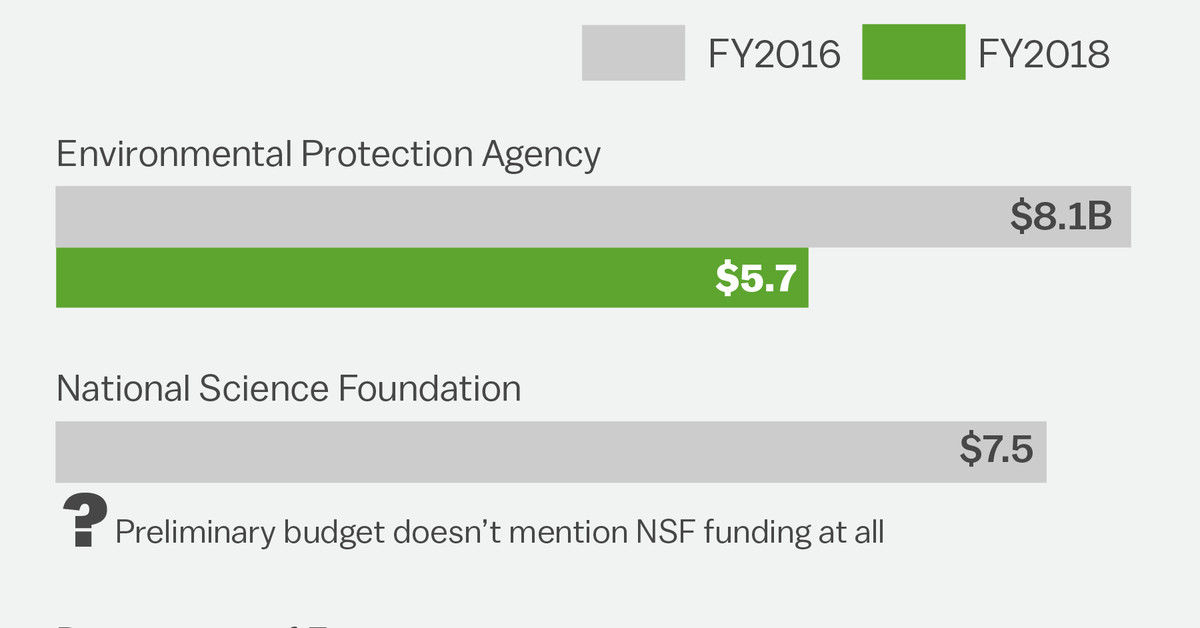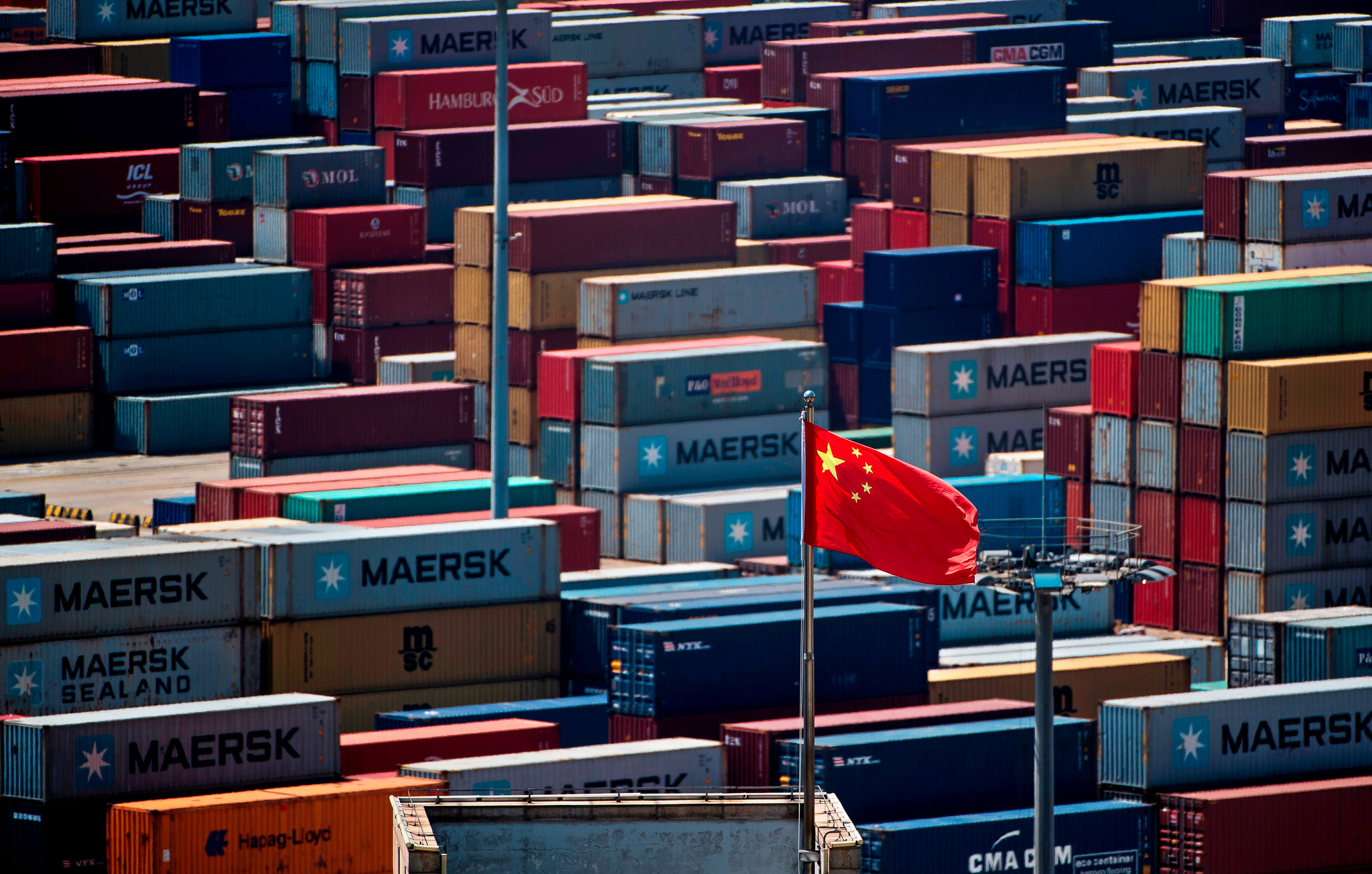Analyzing The Challenges Faced By International Automakers In The Chinese Market (BMW & Porsche Example)

Table of Contents
Intense Domestic Competition
The Chinese automotive market is incredibly competitive, posing a significant threat to established international players. This intense competition stems from two primary sources: the rise of domestic brands and the resulting price wars and market saturation.
Rise of Domestic Brands
Chinese automakers are rapidly gaining ground, significantly impacting the market share of international brands. This rise is fueled by several factors:
- Increased investment in R&D by Chinese brands: Domestic companies are heavily investing in research and development, leading to advancements in technology, design, and manufacturing. This allows them to produce vehicles that rival, and in some cases surpass, international competitors in terms of features and quality.
- Government support for domestic automakers: The Chinese government actively supports its domestic auto industry through subsidies, tax breaks, and favorable regulations. This creates a significant advantage for Chinese brands.
- Growing consumer preference for domestic brands in certain segments: A growing number of Chinese consumers are showing a preference for domestically produced vehicles, particularly in more affordable segments. This shift in consumer sentiment reflects increased confidence in the quality and reliability of Chinese-made cars.
The success of brands like BYD and Nio, which are rapidly gaining global recognition, serves as a prime example of this trend. Their electric vehicle offerings are directly challenging the market dominance of traditional luxury brands like BMW and Porsche.
Price Wars and Market Saturation
The sheer size of the Chinese automotive market leads to intense price competition. This, coupled with overcapacity in the manufacturing sector, puts significant pressure on profit margins for international players.
- Strategies employed by Chinese brands to undercut international prices: Domestic brands frequently employ aggressive pricing strategies, often undercutting international competitors to gain market share.
- Impact of overcapacity in the market: Overcapacity in the Chinese automotive industry contributes to price wars, as manufacturers compete to sell their products.
- The need for international brands to constantly innovate to maintain competitiveness: International automakers need to continually innovate and differentiate their offerings to justify higher price points in a highly competitive environment.
BMW's response to competitive pricing pressure in the luxury SUV segment, for example, includes focusing on premium features, technological advancements, and brand prestige to maintain its higher price point.
Navigating Regulatory Hurdles and Bureaucracy
The Chinese automotive market is characterized by a complex regulatory environment and significant bureaucratic hurdles. International automakers must navigate these challenges to successfully operate in the country.
Complex Regulatory Environment
China's automotive industry is subject to a multitude of regulations, making compliance a significant undertaking.
- Stringent emission standards: China has increasingly stringent emission standards, requiring significant investment in clean technologies.
- Complex import regulations and tariffs: Importing vehicles and parts into China is subject to complex regulations and tariffs, adding to the cost of doing business.
- Lengthy approval processes for new models and technologies: Obtaining approval for new models and technologies can be a lengthy and complex process.
The time and resources required for Porsche to obtain the necessary approvals for launching new models in China illustrates the complexity of the regulatory landscape.
Localization Challenges
Successfully operating in China requires adapting products and marketing strategies to suit the specific preferences of Chinese consumers.
- The importance of understanding Chinese consumer preferences: Understanding the nuances of Chinese consumer preferences, including their specific needs and priorities, is essential for success.
- Adapting vehicle features to suit local conditions and preferences (e.g., ride comfort, tech features): Vehicles need to be tailored to suit the specific driving conditions and preferences of Chinese consumers. This can include adjustments to features like ride comfort, technology integrations, and even the size and layout of the vehicle.
- Tailoring marketing campaigns to resonate with the Chinese market: Marketing strategies must be carefully tailored to resonate with the Chinese market, considering cultural nuances and consumer preferences.
BMW’s localized production and marketing strategies in China, including the development of specific models tailored to Chinese tastes, are an example of successful adaptation.
Supply Chain and Infrastructure Challenges
International automakers face substantial challenges related to supply chain management and infrastructure in China.
Supply Chain Disruptions
Global supply chain disruptions and reliance on Chinese suppliers create vulnerabilities for international automakers.
- Impact of geopolitical events and trade tensions on supply chains: Geopolitical events and trade tensions can significantly impact supply chains, creating disruptions and uncertainties.
- Managing the risks associated with relying on Chinese suppliers: Managing the risks associated with relying on Chinese suppliers requires careful planning and diversification strategies.
- Strategies for diversifying supply chains: Diversifying supply chains to reduce reliance on any single supplier is a key strategy for mitigating risk.
Porsche’s proactive approach to mitigating supply chain risks in China, involving diversification and strategic partnerships, demonstrates a proactive approach to risk management.
Developing Robust Distribution Networks
Establishing and maintaining an efficient distribution network across China's vast geography is essential for success.
- The costs and complexity of building a robust dealer network: Building and maintaining a comprehensive dealer network across China involves significant costs and complexities.
- Managing logistics and after-sales service: Efficient logistics and after-sales service are crucial for maintaining customer satisfaction.
- Importance of digital channels in reaching Chinese consumers: Leveraging digital channels is essential for reaching Chinese consumers, who are increasingly reliant on online platforms for purchasing and information gathering.
BMW’s extensive dealer network in China and its investment in digital marketing highlight the importance of a robust distribution and sales strategy in this vast market.
Conclusion
The Chinese automotive market presents significant challenges faced by international automakers in China, including fierce domestic competition, a complex regulatory environment, and supply chain complexities. Successfully navigating these hurdles requires a deep understanding of the local market, agile adaptation strategies, and significant investment in localization and technological innovation. To maintain a competitive edge, international players must continuously innovate, adapt their business models, and prioritize building strong relationships with Chinese consumers and the government. Understanding the intricacies of the challenges faced by international automakers in China is crucial for long-term success in this dynamic and rapidly evolving market. Don't let these challenges deter you; thorough research and a tailored approach are key to conquering this lucrative yet demanding market.

Featured Posts
-
 Harvard Faces Further Funding Cuts Trump Administration Plans 1 Billion Reduction
Apr 22, 2025
Harvard Faces Further Funding Cuts Trump Administration Plans 1 Billion Reduction
Apr 22, 2025 -
 Brace For More Market Pain Investors Optimism Vs Reality
Apr 22, 2025
Brace For More Market Pain Investors Optimism Vs Reality
Apr 22, 2025 -
 Chinas Economy And The Rising Risk Of Tariff Escalation
Apr 22, 2025
Chinas Economy And The Rising Risk Of Tariff Escalation
Apr 22, 2025 -
 Cassidy Hutchinson Jan 6 Testimony And Upcoming Memoir
Apr 22, 2025
Cassidy Hutchinson Jan 6 Testimony And Upcoming Memoir
Apr 22, 2025 -
 Blue Origins Failures Surpassing Katy Perrys Performance Mishaps
Apr 22, 2025
Blue Origins Failures Surpassing Katy Perrys Performance Mishaps
Apr 22, 2025
